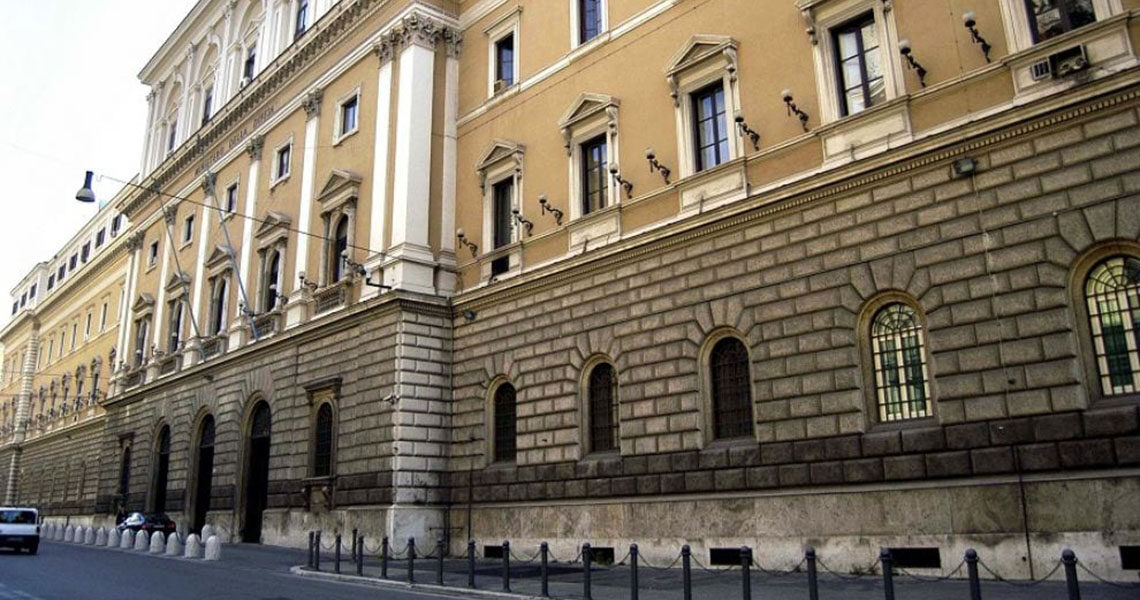
Type: TRATOS AMP
Tratos and Ministry of Défense of Italy cooperation
Tratos has supplied cables for a marine alternative power system on the Navy Cavour and the contractor was very happy with the quality of cables supplied and has said the cables met all the standards and technical criteria.
Cavour Aircraft Carrier
On 22 November 2000, a contract was drawn up between Fincantieri and the Italian Ministry of Naval Defence to supply an aircraft carrier vessel, known as the nuova unita maggiore (NUM) or ‘new major vessel’, to the Italian Navy.
Building work on the new vessel, which was originally to be called the Andrea Doria but has been named the Cavour, began at Fincantieri’s shipyards in Riva Trigoso and Muggiano in July 2001.
The Cavour was launched in July 2004 and began sea trials in 2006. The aircraft carrier was delivered to the Italian Navy in April 2008 and entered service in June 2009. Cavour took part in the Haiti earthquake relief operations in early 2010.
The ship has a standard displacement at full load of 27,100t, an overall length of 244m and a sustained speed of 27kt. The carrier’s runway is 180m×14m with a 12° ski jump. It can accommodate up to 1,292 people on board, including five flag officers/VIPs, 486 ship’s crew, 211 aircrew, an amphibious command force of 140, San Marco Battalion of 360, and an additional 90 troops.
A strong feature of the ship is its high flexibility in operational terms. It is able to carry out the functions of an aircraft carrier as well as the transport of wheeled and tracked vehicles, for both military and civil missions. The aircraft hangar can accommodate 100 light vehicles or 24 main battle tanks for amphibious missions. The ship can also support four LCVP landing craft. There are two 30t elevators for aircraft and two 15t elevators for armaments.
The vessel is equipped with a flight deck suitable both for operations with helicopters and with short launch, vertical take-off fighter planes. It has a hangar / garage of approximately 2,500m² which can also accommodate wheeled and tracked land vehicles.
The ship can support eight VTOL (vertical take-off and landing) aircraft such as AV-8B Harrier or F-35 joint strike fighter VTOL variant, or 12 helicopters, such as the EH101, NH 90 or SH-3D, or a mix of platforms.
Did you know?
The Italian Navy was officially established on November 17, 1860, when the Sardinian, Tuscan and Neapolitan-Sicilian navies, as well as few remaining ships from the Papal Navy joined together. According to the policy-makers’ guidelines, the new Kingdom of Italy had to build up a navy capable of playing an international role. This became immediately evident when Camillo Benso di Cavour, the first Prime Minister, stated that: “It is the duty of a state located in the middle of the Mediterranean to create the basis for the widest development of its naval resources.”
The newly-born Navy had extensive naval assets at its disposal, consisting of wooden steam- and sail-powered warships. However, the ships in service were quite heterogeneous, while their crews had different backgrounds lacking a common naval doctrine and esprit de corps.
Cavour launched a massive program providing for the reorganization of the military and civilian personnel, the setting up of three maritime districts (Genoa, Naples and Ancona) and the establishment of a new shipyard in la Spezia.
The fleet as well required a large scale upgrading, due to the new advances in steam technology which had dramatically changed the naval scenario. Within this context, new more modern naval units were laid down in the main Italian shipyards, in the US and France. The “Affondatore” (Sinker), one of the first turret ships in naval history, was built in London.
Tratos was very pleased to support the Ministry of Defence of Italy’s endeavours to modernise the Italian Navy, and especially the flagship of the Italian Navy, Cavour. By doing so, Tratos has given its contribution toward achieving UN Global Goals : Goal 9: Industry, Innovation and Infrastructure, Goal 13: Climate Action, GOAL 3: Good Health and Well-being, Goal 14: Life Below Water.










